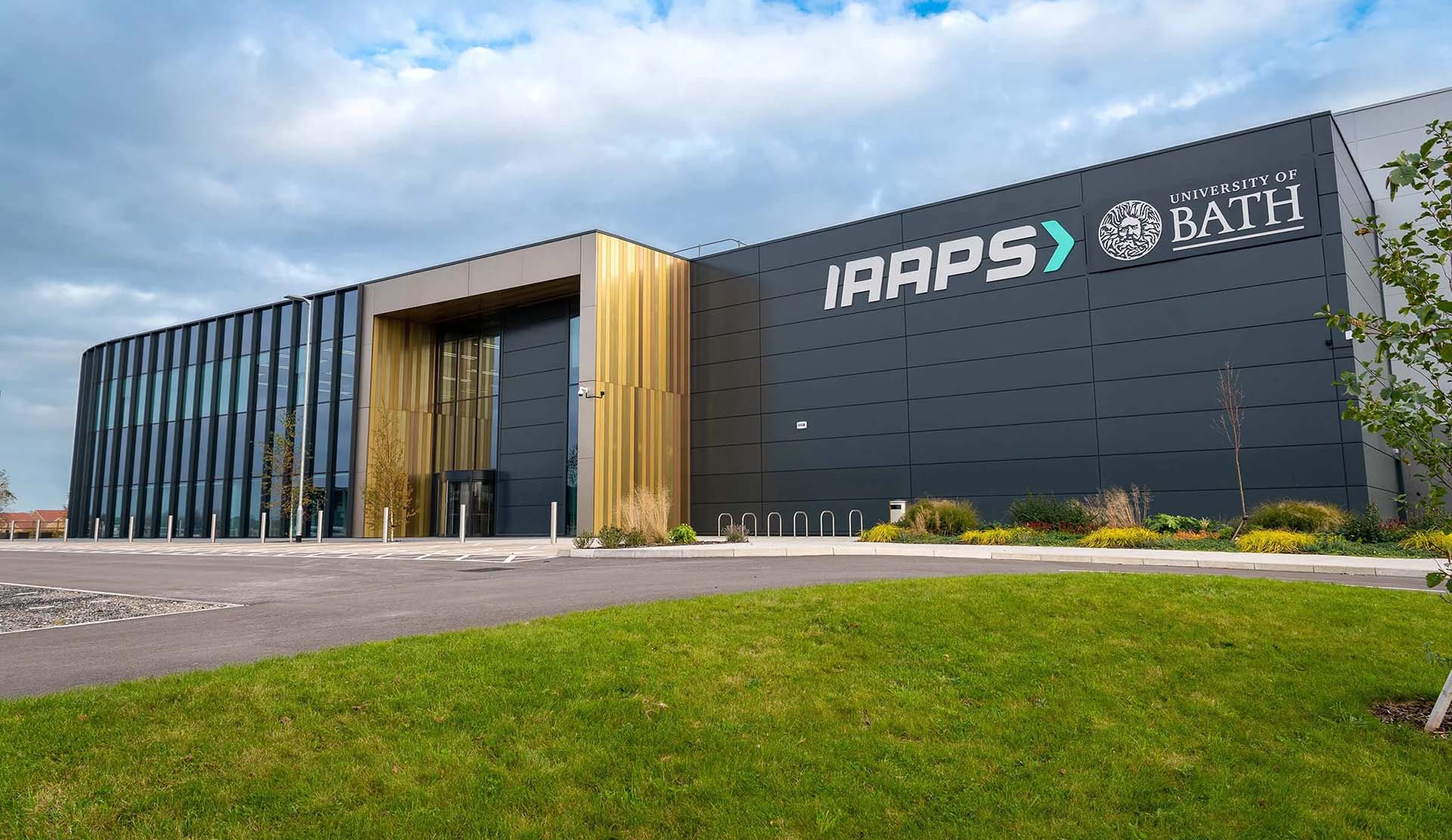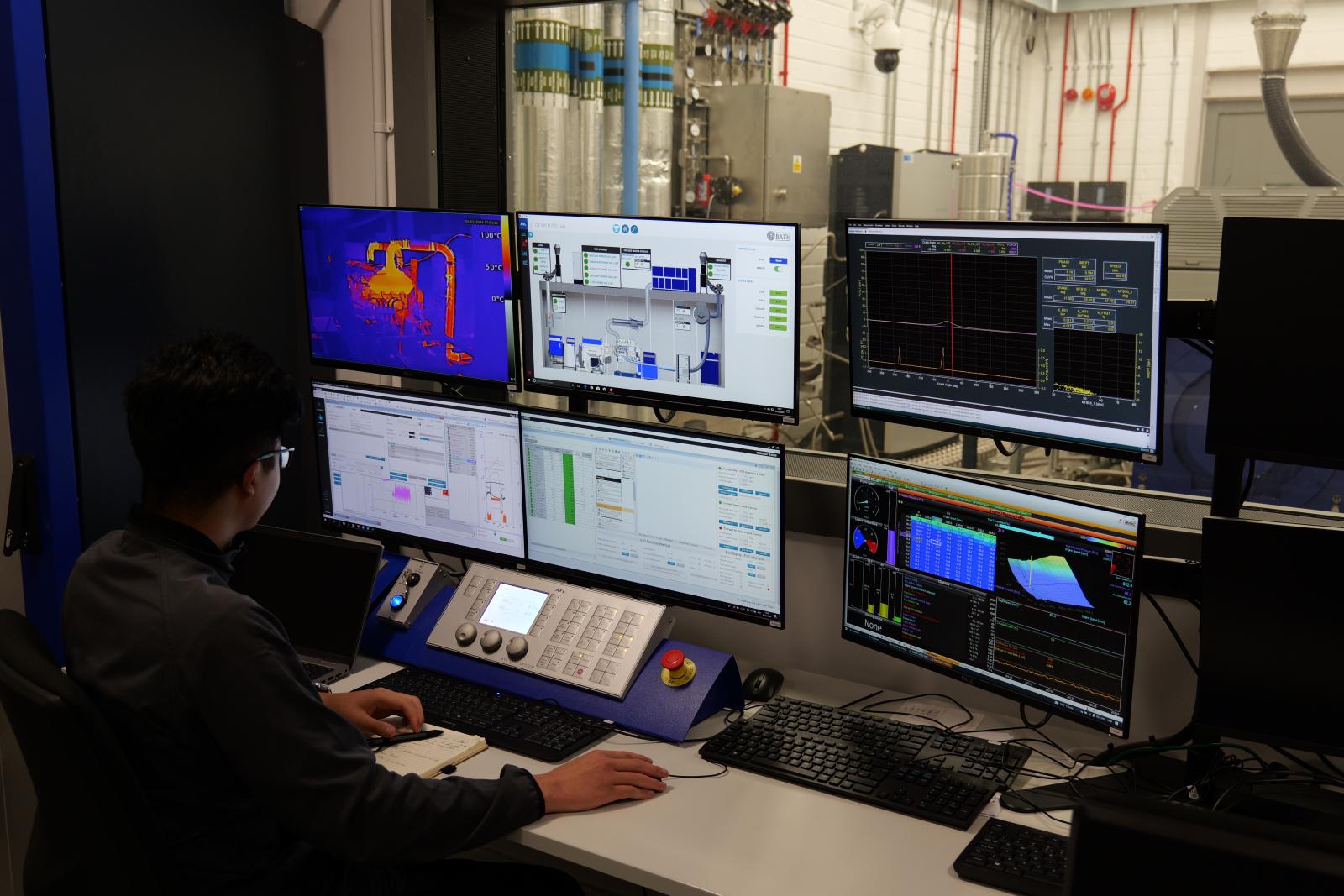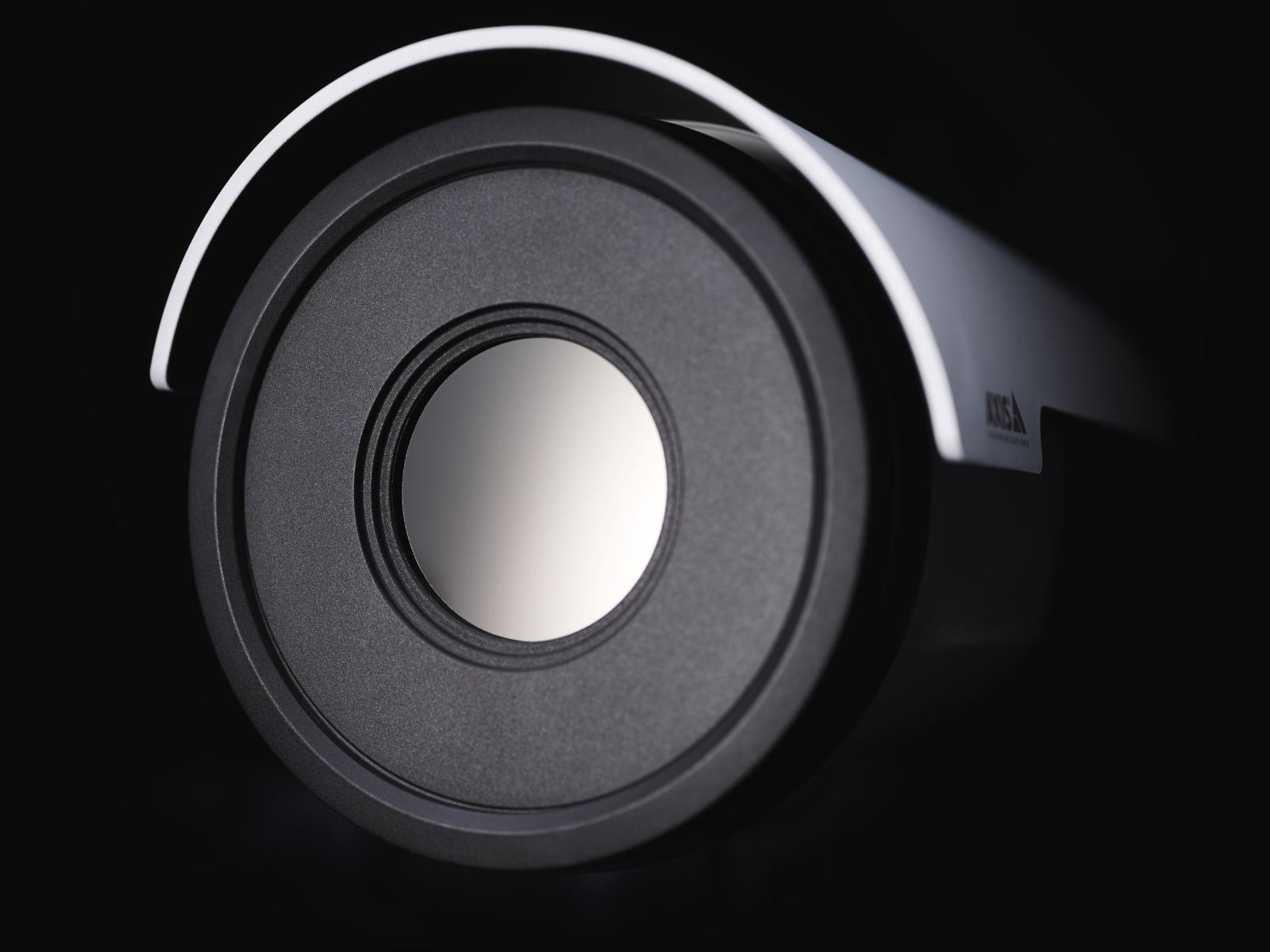Axis – IAPPS
Protecting the future of marine propulsion

Protecting the future of marine propulsion
IAAPS is one of a consortium of partners working together on the Clean Hybrid Alternative Marine Propulsion 2 (CHAMP2) project. This aims to unlock key insights to help inform and, ultimately, to decarbonise the marine sector.
The aerospace and automotive industries have faced significant pressures to move towards cleaner fuels and engines over recent decades – but no sector is quite as challenging as that of marine. Its fleets are diverse, its environment uniquely difficult and, perhaps most of all, there is a lack of understanding surrounding true usage.
Services used:
Specialist CCTV
Thermal Imaging

Industry: Automotive, Aerospace, Hydrogen, Marine
Location: South Gloucestershire, United Kingdom
Client since: 2024
Methanol is a key component of tomorrow’s marine fuels. It can reduce carbon dioxide emissions by up to 95%, and eliminate harmful emissions like sulfur oxide. Importantly, methanol is derivable from renewable sources including sustainable biomass, and can even be produced as a product of renewable electricity generation. It is a versatile chemical, suitable both for use as a material feedstock and as a component of transportation fuel. And while green methanol currently makes up only a tiny fraction of the methanol market, its use offers a potential lifeline to a marine sector under increasing pressure to decarbonise – that is, if it can be made safe.
“We are working on methanol research in our propulsion test cell,” explains Luke Thomas, IAAPS Senior Mechanical Design Engineer. “For all its benefits, methanol is a difficult chemical to work with: it is an excellent fuel source, but it is also toxic, potentially explosive, and highly flammable. Fire was one of our biggest concerns when beginning these experiments, since methanol can burn with a clear flame. If there were a failure which caused a fire, we might not have known until it was too late.”

The potential of an invisible disaster was such that IAAPS realised the naked eye would not be enough, and so it approached Axis Communications partner PC1 to find a solution. “We knew we needed a thermal camera that could work with the existing camera system in our test cell,” says Luke Thomas. “We approached PC1, based in Swansea, to discuss potential candidates, and it was an easy process from the start.”
“It did not take much discussion with PC1 to land on the right solution,” he continues. “They were willing to loan us an AXIS Q1961-TE Thermal Camera, which was incredibly helpful; we already knew Axis as a credible manufacturer of high-end IP cameras, but having the hardware in hand proved just how good that hardware is. The camera proved very easy to integrate, and within half an hour of the hardware arriving, we were up and running. After a period of testing, we knew that we had made the right choice – and we were more than happy to turn that loan into a purchase.”

Given the highly capable thermal imaging abilities of its uncooled microbolometer sensor, the AXIS Q1961-TE fitted IAAPS’ needs perfectly, allowing testing cell operators to view live temperature maps of tests fed to a DVR. A color-mapped thermal picture is the ideal medium for IAAPS to be able to reliably detect if an unseen methanol fire were to occur. But Luke Thomas suggests this is only the beginning of the thermal camera’s place in its camera network, and the first step in harnessing its full abilities.
“The principal benefit of the AXIS Q1961-TE is that it allows us to safely conduct propulsion tests, and we have been very impressed with the quality of the camera, the communication between ourselves and PC1 and, in the case of any technical questions, the support we have received from Axis directly,” he explains. “So much so, that we have since worked with PC1 to add additional Axis hardware to our facility. We now plan to move away from our current isolated DVR setup and integrate the thermal camera into our main camera network, which will allow us to take full advantage of its advanced capabilities.”
"Axis hardware has proved to be an effective and efficient way to monitor for invisible fires in our propulsion cell test lab. It was easy to install, easy to use, and the support we have been offered has been superb."
Luke ThomasSenior Mechanical Design Engineer, IAAPS